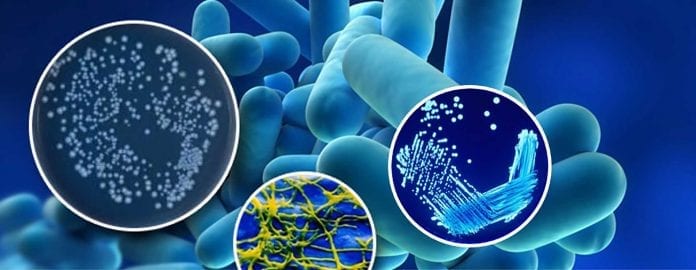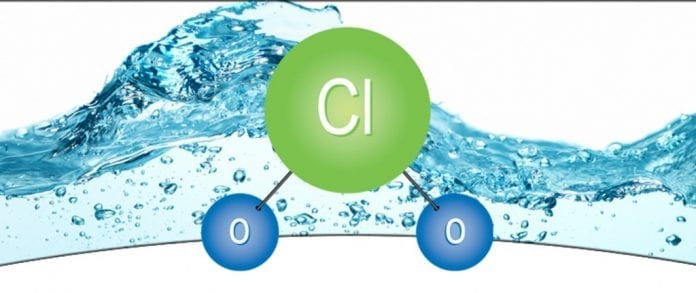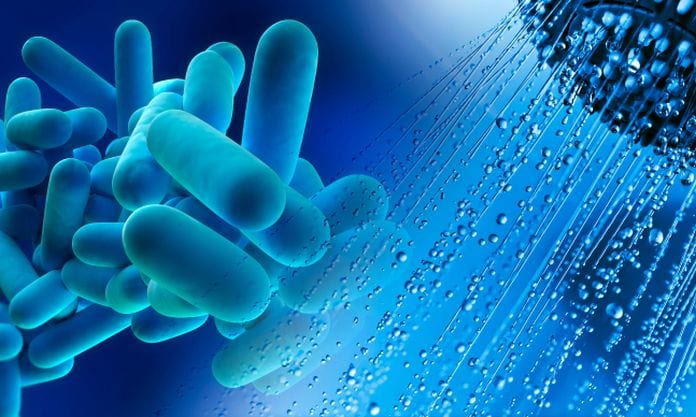Legionellosis is a potentially fatal type of pneumonia caused by bacteria Legionella. People usually get infected by inhaling droplets of contaminated water. In small numbers, the bacteria might be considered harmless, but if they proliferate, the risk of exposure rises. Many methods exist for preventing the growth of Legionella in water systems and for preventing the bacteria from spreading. However, it’s still unclear what method is the best and most effective.

Using temperature control for disinfection.
This is considered to be one of the most effective ways. Controlling the water temperature slows down or completely stops the growth of the bacteria. Legionella’s perfect temperature for growth and proliferation is between 20 and 45oC. Keeping the temperature of cold water below 20 degrees Celsius, and the temperature of hot water above 45 degrees Celsius will create an environment in which Legionella won’t be able to grow. Of course, in some systems this method can’t be used, so the alternatives are offered.
Treatment with chlorine dioxide.

Chlorine dioxide is a potent and effective oxidizing agent typically used in water treatment as well as bleaching since it was introduced back in 1944. It possesses the bactericidal, virucidal and sporicidal properties. It stops bacterial growth by disrupting protein synthesis in the cell. Penetration through biofilm, however, can be quite a slow process. Chlorine dioxide is less corrosive than chlorine and is preferable to use it over some other water disinfection methods for a couple of reasons. Firstly, it is an EPA registered biocide. Secondly, it is not affected by the change of pH, and lastly, it doesn’t become less efficient with time. However, Legionella assessment is necessary before deciding what the best option is.
Treatment with copper and silver ions.
Copper and silver ions can kill around 99.9 percent of Legionella bacteria. This treatment is used by NASA as well as in many hospitals around the UK. It’s also superior disinfection process to thermal eradication. What happens is that positively charged silver and copper ions disperse into the water system and ions bond with negatively charged sites on bacterial cell walls and denature proteins. It takes some time to destroy biofilms. The recommended concentration of the copper and silver is 200-400 micrograms per liter and 20-40 micrograms per liter, respectively. At lower concentrations, complete eradication of bacteria is not likely.
This type of treatment is also considered to be environmentally friendly.
Monochloramine treatment.

Combination of ammonia and chlorine creates chloramines. Depending on the amounts of both of these substances, different types of chloramines might be produced.
It’s found that in hospitals that had free chlorine as a residual disinfectant the outbreaks were more often than in hospitals that used monochloramine as a disinfectant. Monocholramine reacts directly with amino acids in the bacterial DNA which makes it the most effective disinfectant. Above that, it doesn’t create as much byproducts as chlorine. The pH value doesn’t affect the effectiveness of this disinfectant. The concentrations of monochloramines should range from 1.5 – 2.5 mg/L.
UV light.

This treatment is used in hospitals and healthcare institutions. It should, however, be used in combination with other treatments. This is a type of non-chemical process and as such, doesn’t leave behind any residuals. UV light damages bacterial DNA, and it stops it from proliferating. It is also a very quick and effective way to get rid of most microorganisms. Another advantage of this type of treatment is that it requires no transportation and storage. Handling of dangerous chemicals is also not needed. Next to disinfecting, UV light is also very effective in breaking down toxic chemicals and contaminants.
The photochemical damage caused by UV light can, by some organisms, be repaired. That is, in case the dose is too low.
Different treatments are required in different situations. It’s essential to do some research or contact the professionals and choose the right one.









